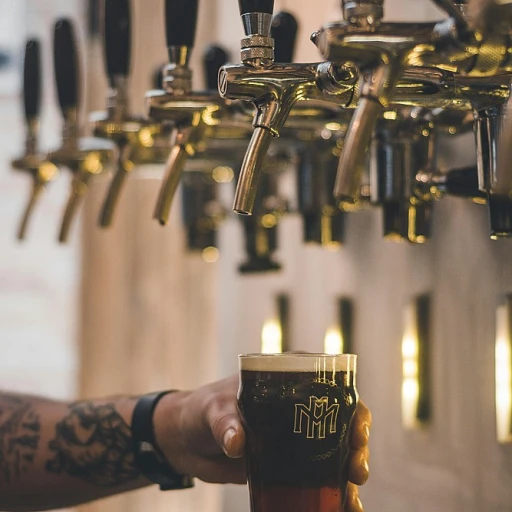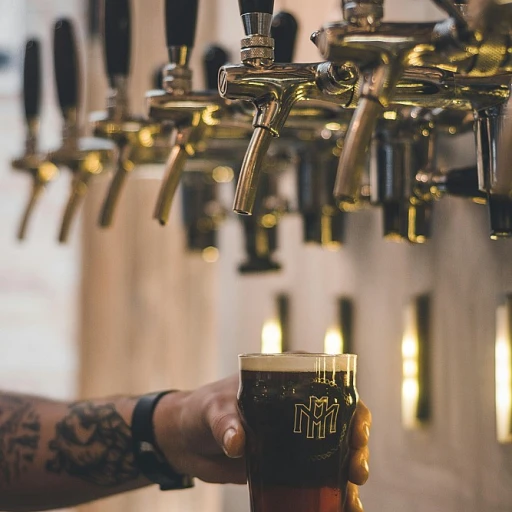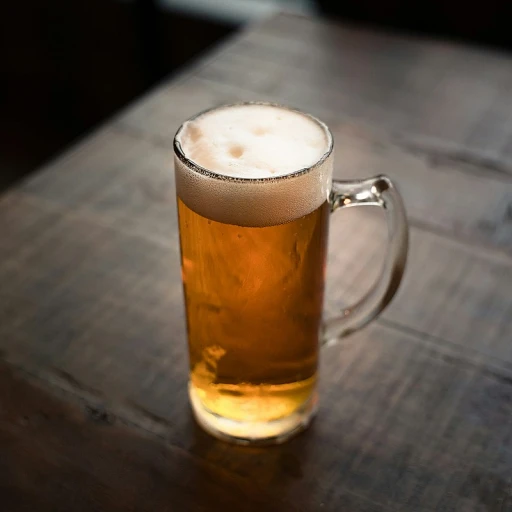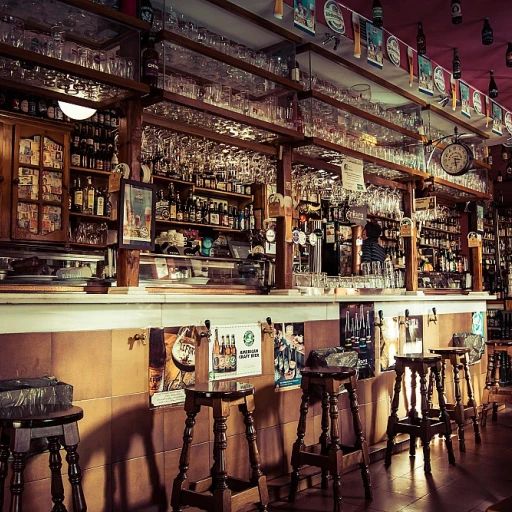
The Basics of Lager and Pilsner
An Overview of Lager and Pilsner
Understanding the difference between lager and pilsner begins with a look at their basic characteristics. Both beer types fall under the lager category, but they have specific distinctions that make them unique. Let's dive into what sets them apart in terms of their fundamentals.
- Lager: Lager is a broad category that covers a wide array of beers fermented at lower temperatures. This type of beer is known for its crisp, clean taste and can range from pale to dark, depending on the specific variant.
- Pilsner: Pilsner, a subtype of lager, originated from the Czech city of Pilsen. It's characterized by its pale, golden color and a more pronounced hop flavor compared to other lagers.
While both lager and pilsner share some similarities, the differences lie in their specific brew styles, origins, and flavor profiles. For those who enjoy a refined drinking experience, exploring these beer varieties can offer a deeper appreciation for the nuances of the lager family.
To enjoy them at their best, consider trying them fresh from a well-preserved source like Heineken's small keg experience, which showcases the crisp taste and aroma that lagers are known for.
Flavor Profiles and Ingredients
Key Differences in Taste and Ingredients
When it comes to enjoying a refreshing beer, understanding the flavor profiles and ingredients of lager and pilsner can significantly enhance your appreciation.- Lager Flavor Profile: Lagers are known for their well-rounded, crisp, and clean flavors. They tend to have a smooth finish with a good balance of malt sweetness and hop bitterness. The malt character is often more pronounced, giving lager a slightly bready or biscuity taste.
- Pilsner Flavor Profile: On the other hand, pilsners, a type of lager themselves, often showcase a more pronounced hop bitterness and floral aroma. The spicy and earthy notes from the hops play a vital role in defining its character. Pilsners are typically lighter and more effervescent compared to other lagers, making them very refreshing and easy to drink.
- Key Ingredients: While both lagers and pilsners utilize similar ingredients, such as water, malt, hops, and yeast, it's their proportions and particular varieties that set them apart. Pilsners use specific types of hops like Saaz, which contribute to their unique bitterness and aroma, while lagers might use a broader range of hop types to create a more balanced flavor.
Brewing Process and Techniques
The Intricate Art of Brewing Lager and Pilsner
The brewing process lies at the heart of what sets lagers and pilsners apart. Both beers fall under the lager category, yet they have notable differences in their brewing techniques.- Fermentation Temperature: Lagers are typically fermented at cooler temperatures, around 45-55°F, which contributes to their clean and crisp profile. This low-temperature fermentation is essential for lagers but crucial for the refined taste of pilsners, enhancing their delicate balance of flavors.
- Yeast Strain: Both lagers and pilsners utilize bottom-fermenting yeast. However, the specific strains can vary, influencing a beer’s flavor, aroma, and mouthfeel. Pilsners often require a more specialized yeast to achieve their distinct taste and aroma.
- Maturation Time: The maturation, or lagering, period for these beers is also a key factor. While lagers undergo a longer maturation period, often several weeks to months, pilsners demand meticulous patience to ensure their bright and hop-forward character shines through.
Regional Styles: German vs. Czech
Comparing German and Czech Interpretations
When it comes to regional styles, German and Czech pilsners are two prominent variations that highlight the subtle yet significant differences within the pilsner category. Understanding these can enhance your appreciation of this beloved beer style. Czech Pilsners:- Origin: Birthed in the city of Plzeň, Czech pilsners are traditionally brewed with soft water, which gives them a smooth, rounded texture.
- Flavor: They often have a malt-forward profile with a noticeable bitterness. The use of Saaz hops contributes a distinctive earthy and spicy aroma, while the malt imparts a richer color and fuller body.
- Origin: Emerging from a German adaptation of the Czech style, German pilsners typically use harder water, providing a crisper and cleaner finish.
- Flavor: These pilsners lean towards a more pronounced hop bitterness with herbal, floral notes from the use of German hop varieties. They tend to be lighter in body and color compared to their Czech counterparts.
Popular Pilsners and Lagers to Try
Must-Try Lagers and Pilsners for Every Beer Enthusiast
One of the joys of exploring the differences between lagers and pilsners is sampling the delightful array of options available. Here are some popular choices that showcase the distinct characteristics of each style:- German Pilsners: Considered the models of crispness, these pilsners often feature a more pronounced hop presence. A classic example is Bitburger, known for its slightly floral aroma and clean finish.
- Czech Pilsners: Full-bodied with a rich malt backbone, Czech pilsners like Pilsner Urquell offer a slight bitterness that balances beautifully with a subtle sweetness.
- American Lagers: Representing a more simplistic and refreshing profile, beers like Budweiser provide an approachable introduction to lager's easy-drinking nature.
- Dark Lagers: While not as common as their lighter counterparts, dark lagers such as Schwarzbier impress with their roasted malt flavors and hint of chocolate.













